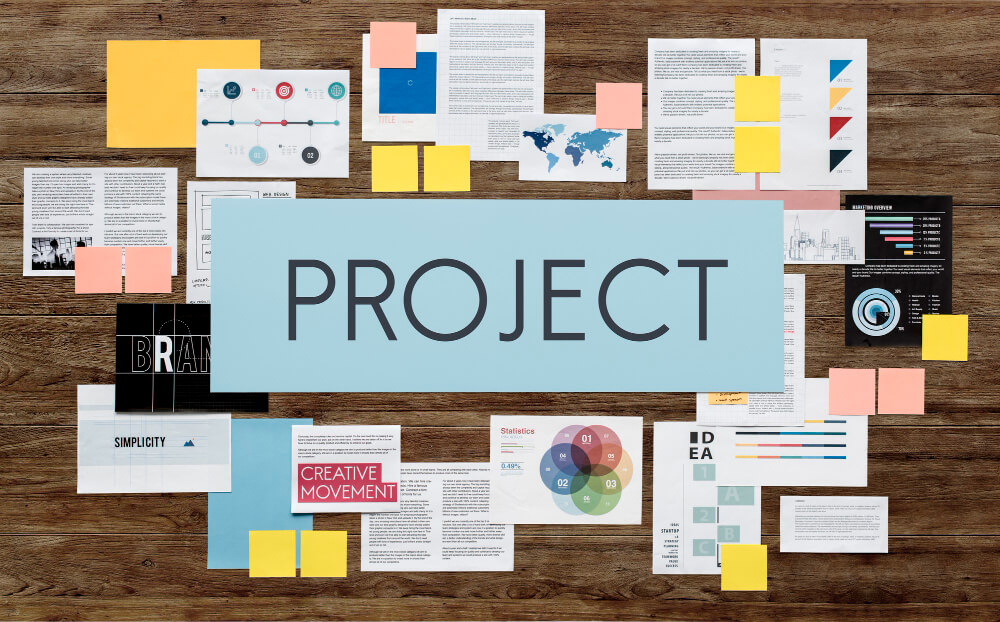If you’re a North American reader of this blog them you’re probably familiar with the Project Management Institute (PMI®) and its professional qualifications:
Certified Associate in Project Management (CAPM®) and Project Management Professional (PMP®).
If you’re a European reader, then you are more likely to be familiar with PRINCE2® and its 2 qualifications: Foundation and Practitioner.
Until June 2014, if you were a qualified PMP, then you would still need to pass the PRINCE2 Foundation exam before sitting the Practitioner exam. That requirement has now been relaxed according to the PRINCE2 certification body – AXELOS. Providing you are a current PMP (i.e. your status has not lapsed) then you will be able to sit the PRINCE2 Practitioner exam without having passed the PRINCE2 Foundation exam.
This is good news for PMPs who wish to expand their professional qualifications. Many people often see PRINCE2 and PMP (or more specifically the PMBOK® Guide, on which the PMP exam is based) as 2 alternative approaches to managing projects. I think this is a simplistic view as I will now explain.
The PMBOK Guide is a detailed description of a number of knowledge areas, processes and techniques which a project manager should really be familiar with when managing projects. It’s based upon project management best practices. The PMBOK explains what the project manager is responsible for on a project, and only to a minor degree talks about the responsibilities of the project sponsor.
If I were to sum up the PMBOK I would say it’s good at describing core project management knowledge and how to do things – e.g. how to perform critical path analysis or how to manage stakeholders – but is not so good at explaining simply what needs to be done, when and by whom.
PRINCE2 on the other hand is very good at clearly explaining the steps required at each point in a project, what needs to be done and who is responsible. PRINCE2 also goes much further than the PMBOK in detailing the responsibilities of all roles within the project management team (of which PRINCE2 defines 9 distinct roles). PRINCE2 however is weak when describing how to do things – for example it only describes 2 techniques.
Whilst often, aspiring and practising project managers often ask “which qualification should I take – PMP or PRINCE2?” I personally think this is a false dichotomy.
As I have tried to explain here, the PMBOK describes “the knowledge and the how”, whilst PRINCE2 describes “the what, the when and the who”. Any tradesperson cannot do their job properly without a full range of tools in his/her toolbox. The same is true of project management. Use both the PMBOK and PRINCE2. They complement each perfectly and they will help to make you a better project manager in the end.
For those PMPs reading this, perhaps now is a good time for you to consider expanding your project management knowledge by gaining your PRINCE2 Practitioner certification as well. Oh and don’t forget, to keep your PMP status up to date you need to show you have obtained the relevant PDU’s. What better way of achieving this than to attend a PRINCE2 course which can help you to fill in those missing gaps which the PMBOK left out?
PRINCE2® is a registered mark of AXELOS Limited. PMI®, CAPM® and PMBOK® Guide are registered trademarks of the Project Management Institute, Inc.





